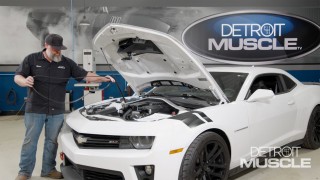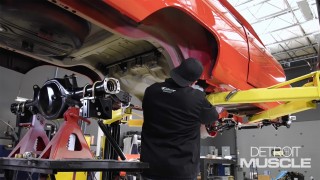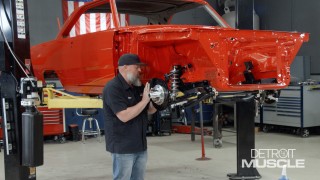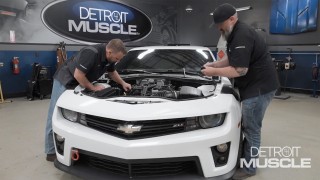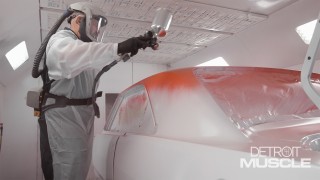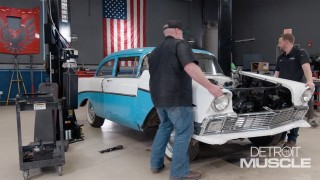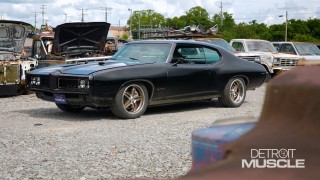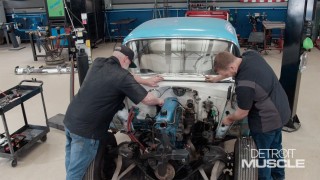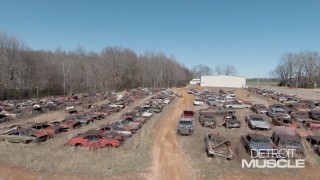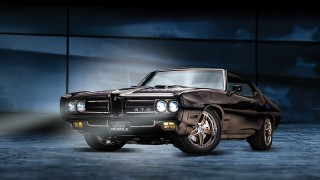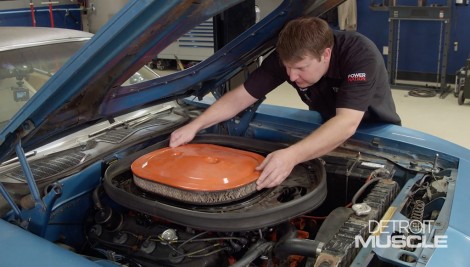
Hear That Hemi: Bringing A 1970 Hemi Cuda Back To Life
HEMI Cuda', need we say more? The Detroit Muscle crew tune up a rare 1970 HEMI Barracuda for its busy owner. We wake the elephant sleeping under the hood, and take joy ride!
Season 8
Episode 7
Hosts: Tommy Boshers, Daniel Boshears
First Air Date: April 10, 2021
Duration: 21 minutes 35 seconds

